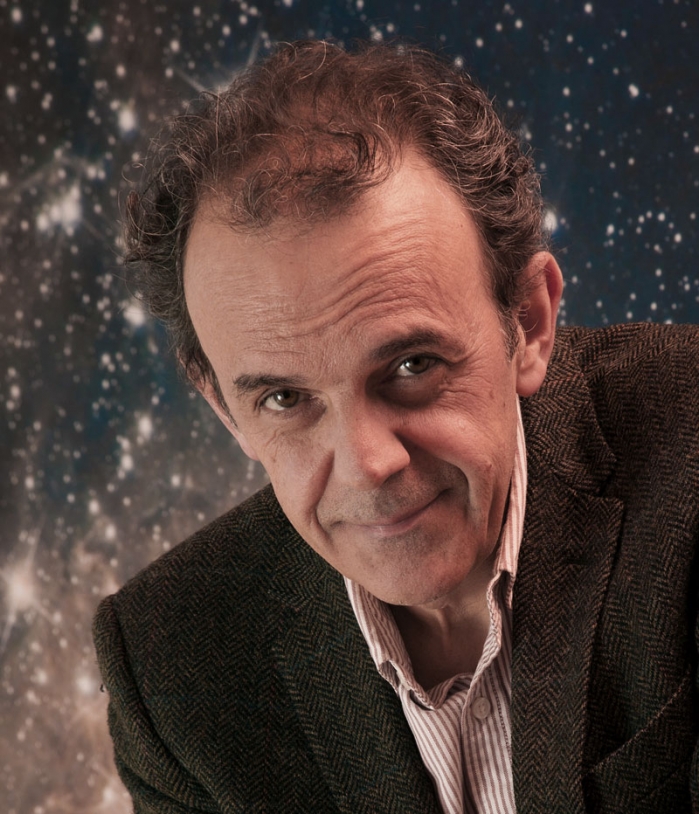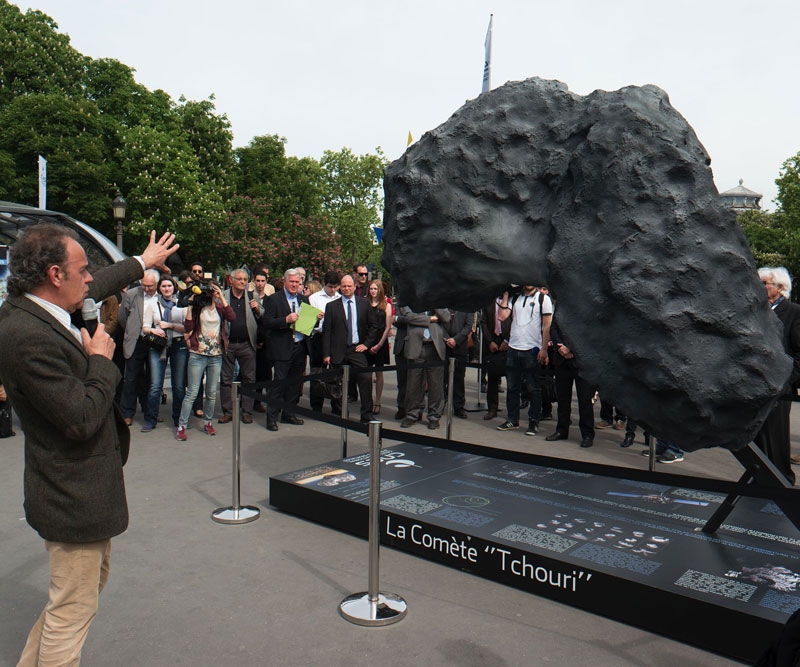More haste, less speed
What is your reaction to the news that we’ve regained contact with Philae?
Francis Rocard : “It’s great news. We were confident, but there was a nagging doubt because the lander had spent 7 months in the freezing cold. Even though engineers were telling us Philae should be able to withstand such low temperatures, nasty surprises do happen! The conditions on the comet were gradually getting better for Philae to awake from its slumber, but we were also worried its solar panels might become coated in dust. Indeed, that’s still a potential problem as the comet approaches perihelion and beyond. So, I would say more haste, less speed is the attitude we need to adopt, because we don’t want to rush to activate mechanical parts that might cause Philae to move and lose contact, but we shouldn’t wait too long either, since other things could go wrong.”

What is the top priority for you now from a science standpoint?
Francis Rocard : “I would say we have 4 months ahead of us, 2 from now to perihelion and 2 after that, and from a science standpoint we obviously need to catch up on what we were unable to do in November. Sequences have already been planned with the science teams, taking into account the power requirements and risks. We’ll start with low-power, low-risk operations. But after that, we’ll have to decide on priorities for operations involving a slightly higher risk, notably APXS, which hasn’t been able to acquire data as we hoped, and above all we’ll have to decide if we’re going to attempt to drill. That’s a very tough decision. It would appear conceivable by rotating the lander’s body, but what will happen when the drill touches rock? Might we lose everything?”
To drill or not to drill: a tough decision
Are there sensors on Philae that could allow us to do a shallow drill test to see if it moves?
Francis Rocard : “It’s not quite that simple. There are movement-recording sensors on the lander. CASSE (Comet Acoustic Surface Sounding Experiment) operates a bit like a seismometer and we switch it on to check that a mechanism is working properly when activated. However, CASSE obviously isn’t interlocked with the movements of instruments like the drill and it can’t halt an operation; that would be too difficult to do. So, we’re going to have to gauge the distance of the drill to the target, lower it until it’s almost touching, check that it didn’t touch and then drill down a few millimetres, check and start again, etc. I think there’s some wiggle room there, and for me the priority is definitely to drill.”
Why is drilling so important?
Francis Rocard : “Because one of the main goals of the Rosetta mission is to determine the molecular make-up of the organic material covering the comet’s surface, which we still know nothing about! The VIRTIS and COSIMA instruments on the orbiter have revealed some clues: VIRTIS is telling us there are CH radicals on the surface of the nucleus and we’re seeing many molecules everywhere; COSIMA is having trouble analysing the dusts it’s collecting and what’s more it breaks molecules apart by bombarding them with ions, so we need data from COSAC on Philae. COSAC employs a complementary pyrolysis and outgassing technique. We obviously need both COSIMA and COSAC to retrace the nature of this primordial material. Don’t forget that comets are probably the richest objects in organic materials in the solar system. The heavier and larger the molecules we identify, the more interesting things get. Assuming ‘there’s no going back’ and that if very large organic molecules already existed on comets, when they seeded Earth billions of years ago the molecules would have found even better conditions in the primordial lukewarm soup of its oceans to form prebiotic molecules and eventually life!”
Rosetta is an ESA mission with contributions from its member states and NASA. Rosetta's Philae lander is provided by a consortium led by DLR, the German Aerospace Centre, the Max Planck Institute for Solar System Research (MPS), CNES and ASI, the Italian space agency. Rosetta is the first mission in history to orbit a comet, escort it on its course around the Sun and deploy a lander on its surface.

